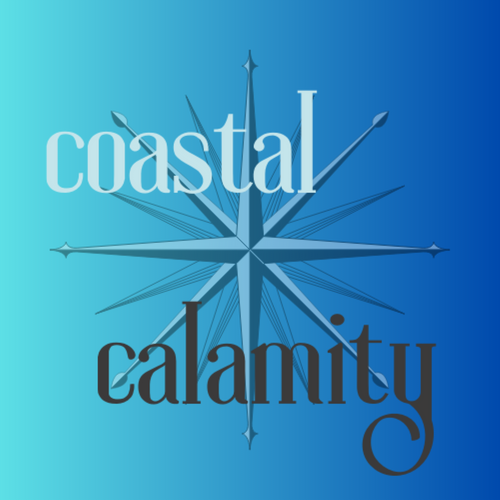The Impact of Red Tide on Human Health and Economy
I have always loved the beach, and I got here as soon as I could.
A few months after moving to Florida, I got sick. I was really congested and having a hard time breathing, so I went to the doctor. He asked me if I was doing anything different, and to describe my day. When I got to the part about working out outside on my lanai, he stopped me and told me that was why I was having a hard time breathing. There was a red tide bloom at the time, and the toxins from the red tide were making me sick. Because I breathe harder when working out, I was taking in more of the toxins.
I was having a hard time breathing because of red tide and I didn’t even know what red tide was. So, I dug in to find out about red tide and how I could raise awareness, so others know about it, too. Here is some of what I found.
Red tide, a harmful algal bloom that occurs in coastal waters, has become a growing concern for both scientists and coastal communities. Red tide is caused by the rapid growth of toxic microscopic algae, which can have detrimental effects on marine life and the environment. However, the impact of red tide is not limited to marine organisms; it also poses risks to human health and the economy. In this blog post, we will explore the various ways in which red tide can impact humans, from health effects to economic repercussions.
Health Effects:
Red tide can have direct and indirect health effects on humans, particularly those who live in coastal areas or rely on coastal resources for their livelihoods. Some of the health effects of red tide on humans include:
Respiratory Issues (this was me!): The toxins produced by red tide can become airborne when the waves break, leading to respiratory issues such as coughing, sneezing, and throat irritation. Inhaling these toxins can also trigger or exacerbate existing respiratory conditions, such as asthma and allergies.
Skin Irritation: Contact with red tide-contaminated water can cause skin irritation, including rash, itching, and redness. This can be particularly concerning for swimmers, surfers, and fishermen who are in close contact with the water.
Seafood Contamination: Red tide toxins can accumulate in shellfish and other seafood, making them unsafe for human consumption. Eating contaminated seafood can lead to symptoms such as nausea, vomiting, diarrhea, and abdominal pain, and in severe cases, can cause paralytic shellfish poisoning (PSP) or other types of food poisoning.
Economic Repercussions:
In addition to health effects, red tide can have significant economic repercussions for coastal communities and industries that depend on marine resources. Some of the economic impacts of red tide on humans include:
Loss of Tourism: Red tide events often result in the closure of beaches and other recreational areas due to health concerns, which can deter tourists and visitors. This can lead to a loss of revenue for local businesses, such as hotels, restaurants, and souvenir shops, which rely on tourism for their livelihoods.
Fishery Closures: Red tide can lead to temporary or permanent closures of fisheries, as contaminated fish and shellfish are deemed unsafe for human consumption. This can result in financial losses for fishermen, fish farmers, and seafood processors, as well as disruptions in the seafood supply chain.
Healthcare Costs: The health effects of red tide, such as respiratory issues and seafood contamination, can lead to increased healthcare costs for individuals and communities. This includes expenses related to medical consultations, medications, hospitalizations, and other healthcare services, which can strain local healthcare systems and budgets.
Red tide is a complex phenomenon that can have significant impacts on human health and the economy. It is important for coastal communities, policymakers, and stakeholders to be aware of the potential health effects and economic repercussions of red tide and take proactive measures to mitigate its impacts. This may include monitoring and early warning systems, beach closures, seafood testing, public education (this is what I am trying to do!), and sustainable resource management practices. By understanding and addressing the impacts of red tide on humans, we can strive towards healthier coastal ecosystems and communities.

